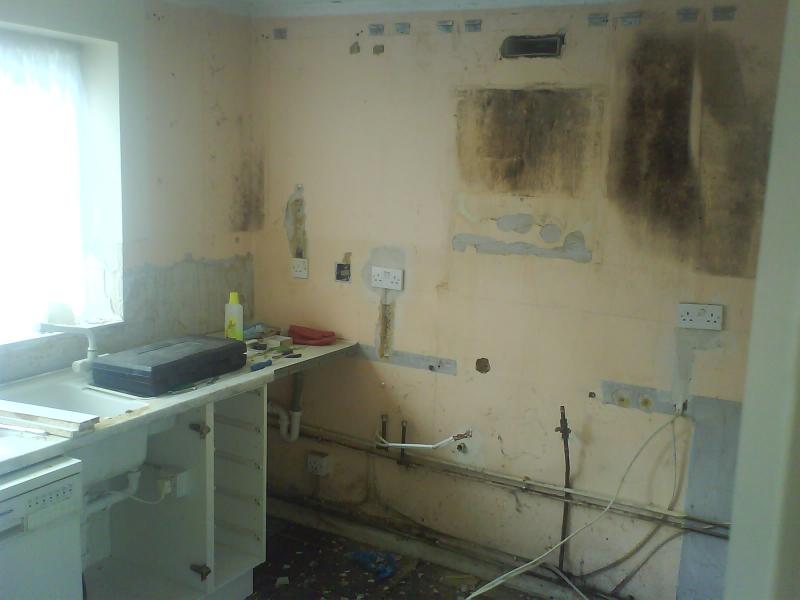I am about to install a Moffat cooker hood:

and a SS splash back for a slot-in cooker.

What is the best way of concealing the flex to the cooker hood?
There are no adjacent cupboards but there will be sockets under the counter. It doesn't feel right to run it down behind the splash back.

and a SS splash back for a slot-in cooker.

What is the best way of concealing the flex to the cooker hood?
There are no adjacent cupboards but there will be sockets under the counter. It doesn't feel right to run it down behind the splash back.


